Penetrologger with GPS
for in situ measurement of the resistance to penetration of the soil
- Geneq - 06.15.SA
The resistance to penetration is a means of determining the ground load-bearing capacity, and the ease with which roots will grow through the ground (important when agricultural, rural- and civil engineering techniques are involved).
The resistance to penetration is a mechanical characteristic that, given a certain texture, depends on changing parameters such as degree of humidity, density and the strength of the connection between mineral particles. Measuring the resistance to penetration of the soil in a great number of measurements is best executed applying an electronic penetrometer together with a datalogger, allowing for immediate storage and processing of the data in the datalogger. To this purpose Eijkelkamp developed the penetrologger: An electronic penetrometer with a built-in datalogger for storage and processing of a great number of measuring data (1500 measurements).
The penetrologger is a versatile instrument for in situ measurement of the resistance to penetration of the soil. The cone is screwed on the probing rod, which is connected with a quick coupling to the force sensor on the penetrologger. Now the cone is pushed slowly and regularly into the soil. The depth reference plate, which is on the soil surface, reflects the signals of the ultrasonic sensor, which results in a very accurate depth measurement. The depth reference plate is also used to reflect the signals which are used to control the penetration speed. The measured resistance to penetration and the GPS coordinates are stored in the internal logger of the penetrologger. Depending on the application and the expected resistance to penetration, various cones can be connected to the probing rods. Optional is the possibility of soil moisture measurement with an external soil moisture sensor.
Applications
The penetrologger can be applied in the agricultural- as well as in the civil engineering sector:
- General soil science research;
- Foundation technology;
- Checking whether or not the soil is suitable for agricultural;
- Research into (expected) growing conditions for plants;
- The detection of compacted (possibly impermeable) sub-soil layers;
- Research into poor growing conditions of for instance trees in the city or in parks;
- Checking artificially-made compactions;
- Checking the suitability of soils for carrying vehicles or pedestrians.
Benefits Penetrologger
- No mechanical parts, strong and reliable
- Incorporated fast GPS. Data are auto-stored
- Soil moisture indicator can be connected
- Record one moisture % per measurement
- Moisture recordings allow comparing of data
- 500 fully digital depth / force recordings
- Numerous different projects can be defined
- Projects can be selected at any moment
- Velocity indicator stimulates correct pushing
- Field and office programmable / read-out
- Will show, upload or print any reading
- Will show averages and spreading
| Angle of cone | 60 ° |
| Battery life time | 8 hours |
| Cone surface range | 1, 2, 3.3, 5 cm² |
| Connection | screwthread |
| Data output | .txt, other |
| Data plug type | RS232 |
| Data storage capacity | 1500 |
| Data transfer | cable |
| International Protection Rating | 54 |
| Maximum Applicable pressure | 10000 kPa |
| Maximum measuring depth | 0.80 m |
| Maximum operating temperature | 50 ° |
| Measured parameters | penetration resistance |
| Measuring accuracy | < ± 1% |
| Measuring range | 0...10000 kPa |
| Minimum operating temperature | 0 ° |
| Power supply | battery |
| Product material | stainless steel, iron, PVC, other material |
| Programming possibility | Yes |
| Reading accuracy | 0.1% |
| Registration type | logging |
| Package size | 60 x 30 x 24 cm |
| Weight | 15.5 kg |
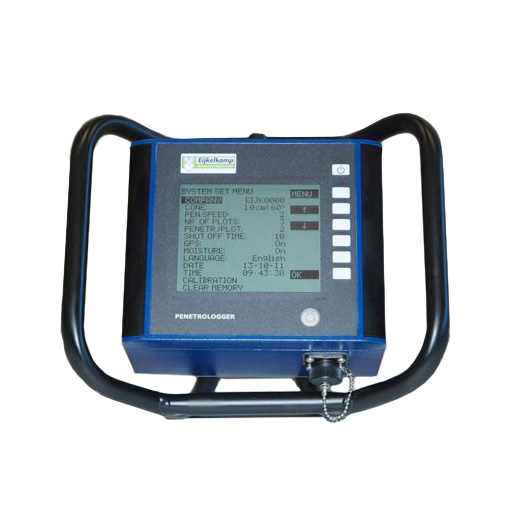

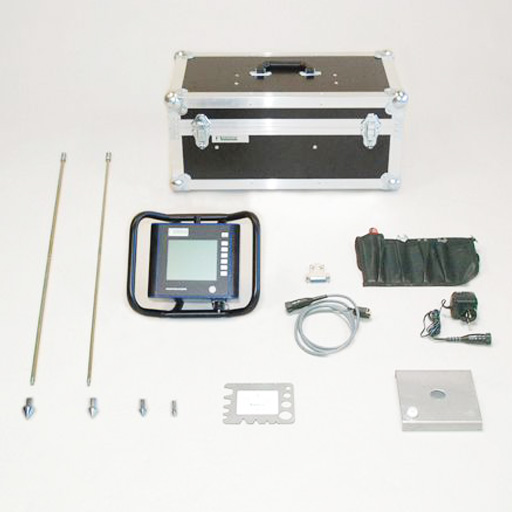
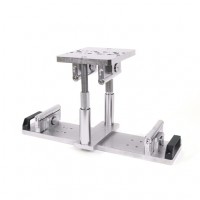
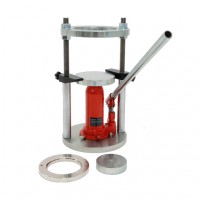
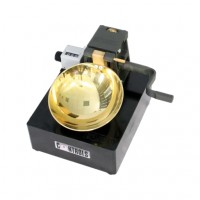

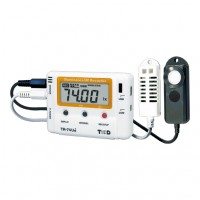
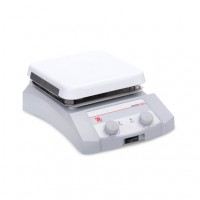
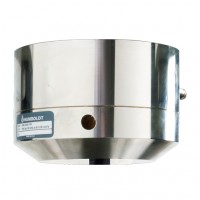
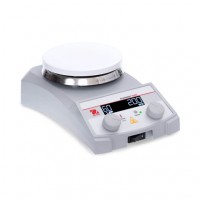

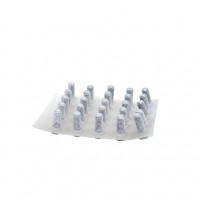
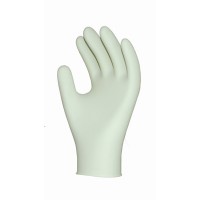
Do you have a question?
min 10 ch